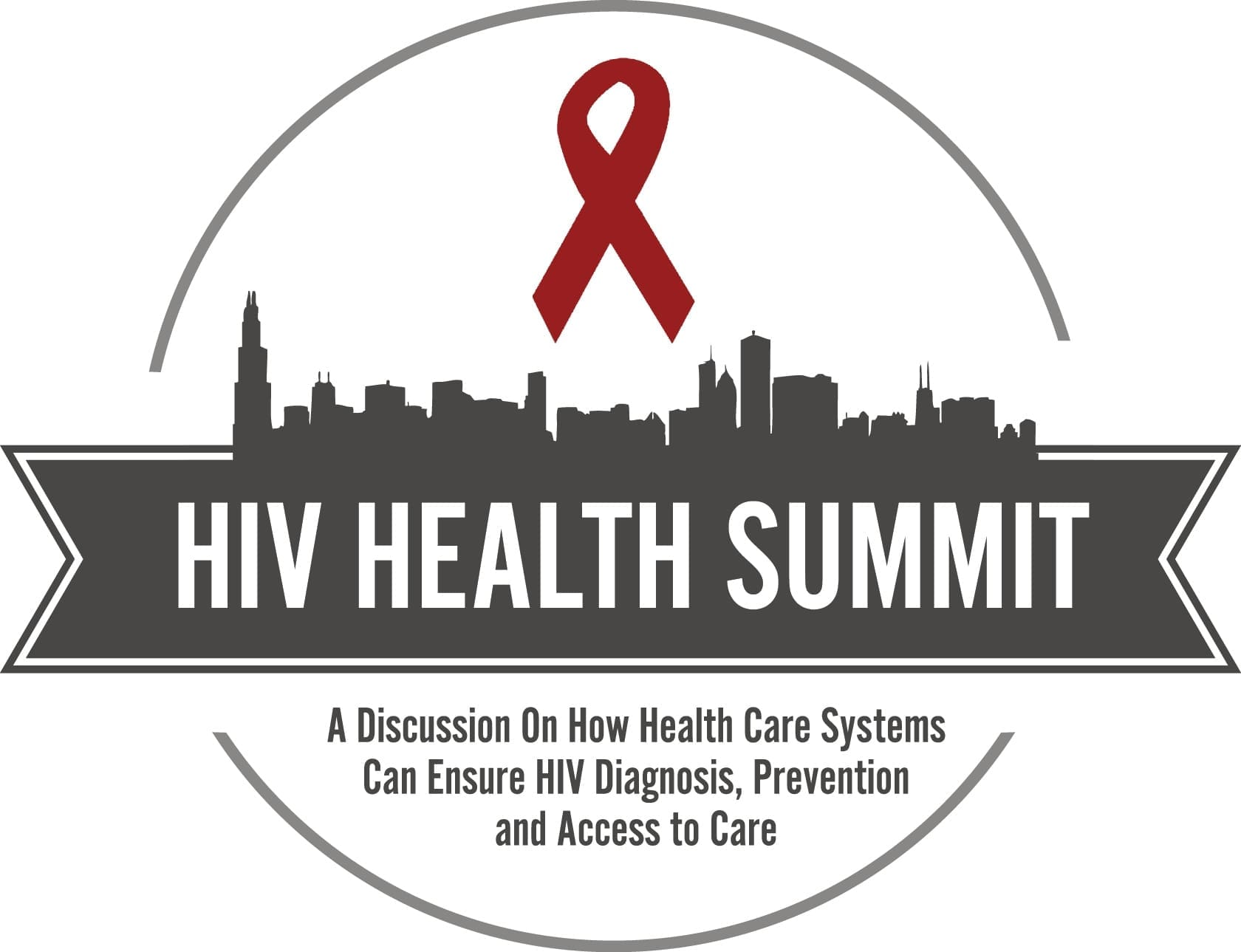CROI: Blacks More Likely to Have HIV Virologic Failure
By Ed Susman, Contributing Writer, MedPage Today
Published: March 01, 2011
Reviewed by Zalman S. Agus, MD; Emeritus Professor
University of Pennsylvania School of Medicine and
Dorothy Caputo, MA, RN, BC-ADM, CDE, Nurse Planner
BOSTON — A meta-analysis of five clinical trials suggests that African-American patients infected with HIV are more likely to experience virologic failure than whites after initiating antiretroviral therapy (ART), researchers said.
The analysis, encompassing data from more than 2,400 ART-naive non-Hispanic white and black patients, found that the risk of having detectable HIV viremia was 40% higher among blacks than whites, said Heather Ribaudo, PhD, senior research scientist at the Harvard School of Public Health in Boston.
After 192 weeks of therapy, virologic failure emerged among 45% of black patients and 32% of the white patients, a difference that achieved statistical significance (P<0.001), Ribaudo reported here at the annual Conference on Retroviruses and Opportunistic Infections.
Aside from race, other factors associated with an increased hazard of virologic failure included younger age, lower baseline CD4+ cell counts, higher baseline HIV-1 RNA levels, less education, infection with hepatitis C, and recent nonadherence.
In their meta-analysis, the research team also observed that black race was associated with a modest increase of about 33 CD4+ cells/mm3 (P=0.18), a larger increase over 96 weeks than seen in whites after adjusting for pretreatment factors (including baseline CD4), although Ribaudo said that it was unlikely this would have been associated with clinically meaningful differences.
The data was collected from studies conducted by the AIDS Clinical Trials Group (ACTG) between 1998 and 2005; 1,344 non-Hispanic white and 1,151 non-Hispanic black patients initiated ART in one of the trials. The data appeared to be consistent across antiretroviral regimens and persisted after adjustment for baseline characteristics, Ribaudo said.
“However, my own hypothesis is this difference we are seeing is due to social factors,” Ribaudo told MedPage Today following her press conference presentation. “We have seen genetic differences in polymorphisms, although we haven’t seen data that show these differences make a huge difference in clinical outcomes. In our study we were able to adjust for education level and for social support. We did try some of that adjustment,” she added.
While the adjustments did attenuate the differences seen between blacks and whites in the studies, the differences did not disappear, Ribaudo stressed. “I think we still have limitations of our study in regard to the number of patients involved,” she added.
The initial analysis appeared to show a 60% increased risk of experiencing virologic failure among blacks when compared with whites, but when other factors were considered, the increased risk was adjusted to about 40%. “This finding did not appear to be explained by recent adherence and potential confounding demographic, medical, or social factors that were measured,” she explained.
In addition, Ribaudo acknowledged that other factors could have further confounded the research. “We were unable to capture some of the key social factors such as housing costs, housing status, income levels, and number of dependents,” she said.
“I would agree that social factors, as opposed to genetic factors, are involved in these differences,” said Julie Davids, director of national advocacy and mobilization for the AIDS Foundation of Chicago. “The lack of information regarding patients’ income is a key missing element.
“Virologic failure of antiretrovirals is likely not due to some inherent biological or chemical difference between diverse populations infected with HIV,” Davids told MedPage Today. “Sadly, it’s all too often the systemic failure to provide sustained access to treatment itself, with people of color facing multiple barriers to the consistent, culturally-competent medical care and support that has been shown to increase treatment success,” she commented.
In addition, she said, “With more people added to the waiting list for the AIDS Drug Assistance Program (ADAP) every week, and people of color facing the greatest impact of the national recession that threatens access to care, it’s a perfect storm for increasing racial inequities in the epidemic.”
Ribaudo and Davids had no disclosures.
Primary source: Conference on Retroviruses and Opportunistic Infections
Source reference:
Ribaudo H, et al “Race differences in the efficacy of initial ART on HIV infection in randomized trials undertaken by ACTG” CROI 2011; Abstracts 50.


